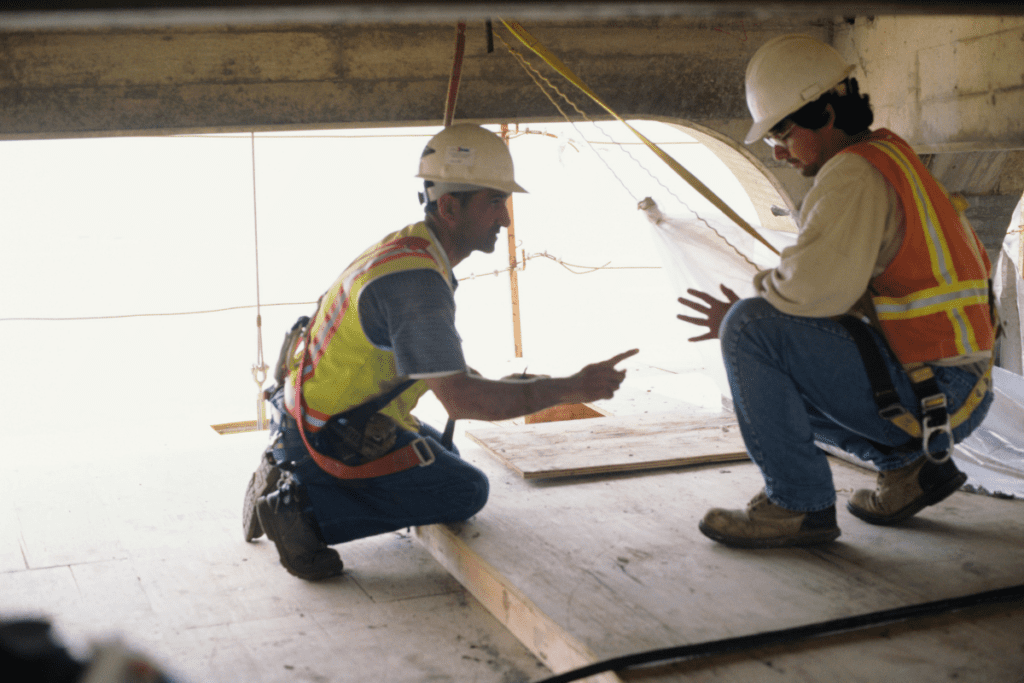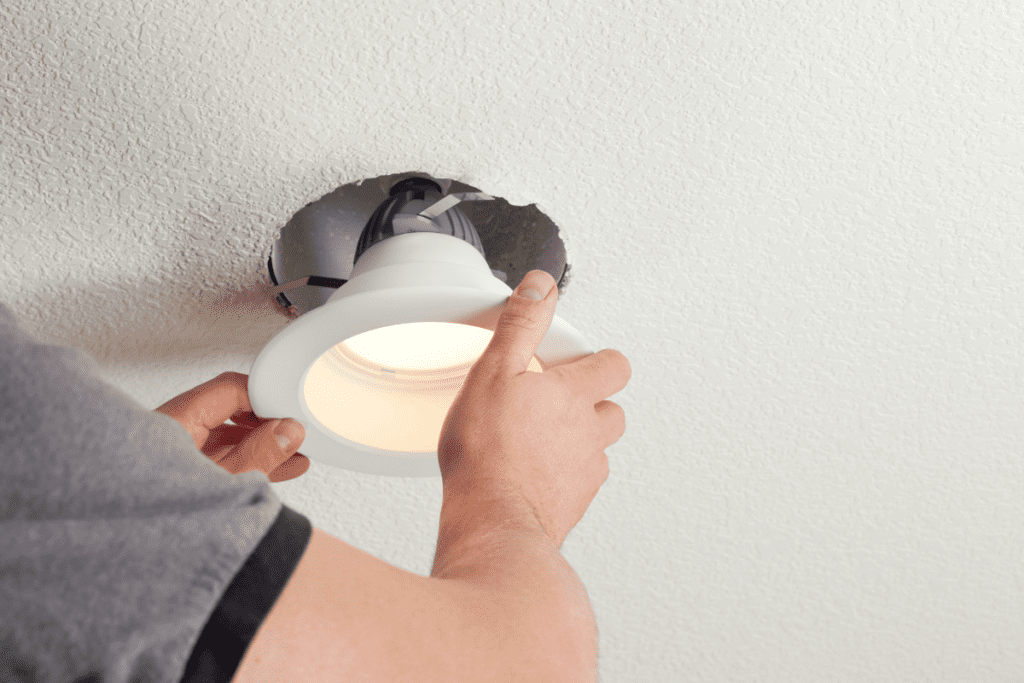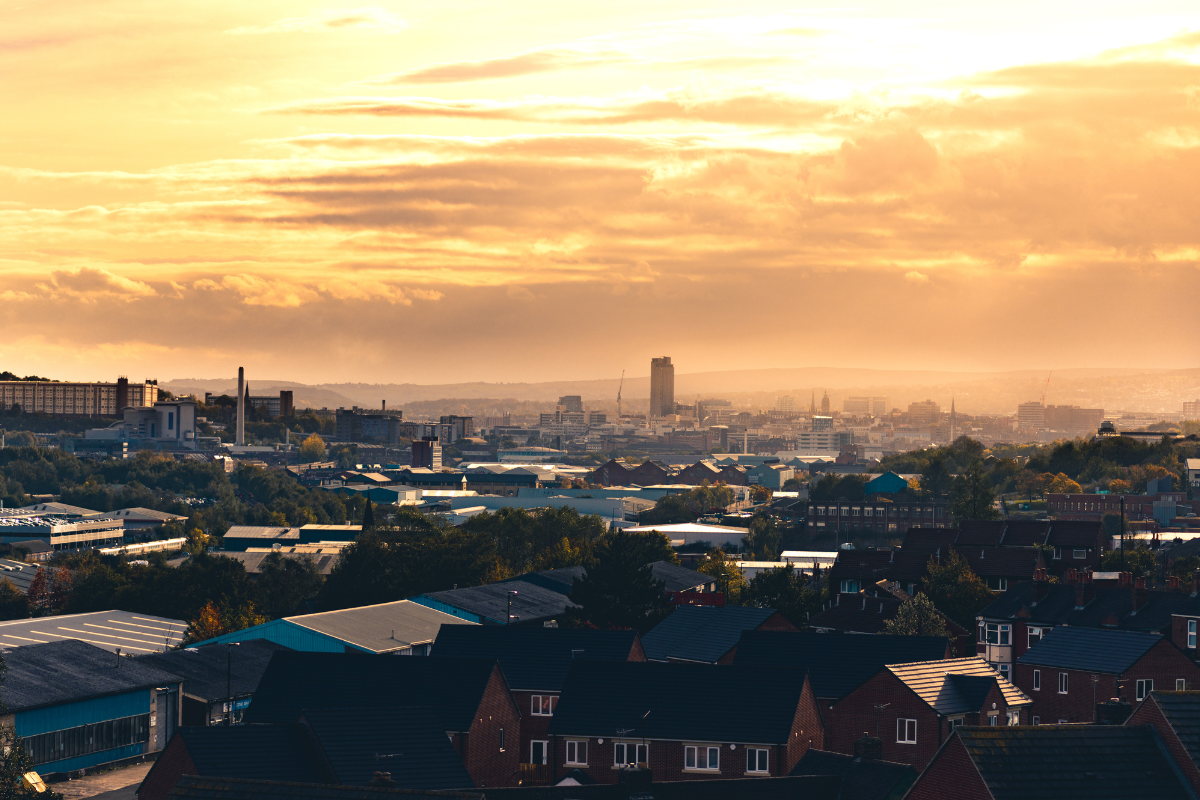Beginning from the 1st of June, Nationwide will introduce its novel zero per cent Green Additional Borrowing products. The aim of the scheme is to contribute to the national Net Zero by 2050 target, encouraging homeowners to make their homes more energy-efficient. It comes after the Government announced on 19th May 2023 that has a multi-million funding pot for 26 green finance projects designed to boost the energy performance of homes and buildings. But what is Nationwide’s Green Additional Borrowing scheme, how does it work and will it really help?
What is Nationwide’s Green Additional Borrowing scheme?
Th Green Additional Borrowing scheme allows up to 5,000 households, already holding a Nationwide mortgage, the chance to borrow between £5,000 and £15,000. These amounts can be borrowed up to a limit of 90 per cent Loan-to-Value, either over a two or five-year product term.
An illustration provided by Letting Agent Today of this savings potential can be seen when a member borrows the maximum of £15,000 over a five-year term. The monthly repayment under the existing Green Additional Borrowing product at a rate of 3.89 per cent amounts to £275.50. The introduction of the new zero-interest loan would decrease this monthly payment by £25.50, down to £250, resulting in an impressive saving of £1,530 over the full term of the deal.
Who can use the scheme?

The revamped Green Additional Borrowing home loan scheme can be accessed through Nationwide’s mortgage advisers or through brokers. The borrowed funds must be channelled towards non-structural, energy-efficient home improvements. Examples of such improvements include the installation of solar panels, air source heat pump, window and boiler upgrades, cavity wall insulation, loft insulation or the addition of an electric car charging point. The society grants its members the freedom to engage any local or national contractor or supplier to carry out the work.
Depending on its success, the programme might be broadened to include buy to let loans. This would mean that those looking to purchase property with the intention of renting it may also be able to improve the energy efficiency of the home.
Why is the scheme important?
With the 29 million homes in the UK accounting for about 16 per cent of the nation’s emissions, the company sees this as a prime area to target. Nationwide intends to help reduce these figures through property retrofitting. The mortgage lender acknowledges that its influence on emissions reduction in properties it lends to is somewhat constrained. However, it is hopeful that by removing interest from its Green Additional Borrowing products, it can persuade members to undertake eco-friendly home improvements, hence fostering a positive change.
Other green initiatives in place by different banks
Perenna Bank is at the helm of one of the Government-financed projects, wherein they are in the process of devising a long-term, fixed-rate mortgage scheme. This unique offering aims to encourage homeowners to enhance their homes’ energy efficiency by proposing a reduction in mortgage rates as an incentive.
In a parallel initiative, Aviva Equity Release UK is receiving support to develop a service tailored towards homeowners. This service would grant homeowners the ability to tap into their property’s equity through a customised lifetime mortgage. Consequently, this would release funds that can be channelled towards upgrading the energy efficiency of their homes.
Additionally, another project spearheaded by Ashman Bank is focusing on designing a mortgage scheme catering specifically to buy-to-let landlords. This innovative offer is devised in such a way that landlords can incorporate the expenses associated with energy improvements into their comprehensive package.
The 26 projects that have been selected for funding today are given a six-month period to undertake their research, development, and testing activities. After this period, they’ll be eligible to apply for more substantial Government grants, ranging from £200,000 to as much as £2 million each. Today’s financial support, amounting to £4.1 million, is a fraction of the larger £20 million Green Home Finance Initiative.
This allocation of funding is an extension of the previous distribution of £1.8 billion under the Home Upgrade Grant (HUG). The HUG is specifically targeted at privately owned properties, while the Social Housing Decarbonisation Fund is designated for properties under the ownership of local authorities and other providers of social housing.
How expensive is retrofitting?

Retrofitting a property to improve its energy efficiency is a significant undertaking that can involve considerable costs. The actual cost of retrofitting can vary greatly, dependent on a multitude of factors including the property’s size, age, current condition, and the specific energy-efficient upgrades intended.
Older homes typically demand a higher degree of retrofitting as they often lack modern energy-saving features. This could involve the installation of wall and loft insulation, energy-efficient windows and doors, and updating the heating system with modern, energy-efficient alternatives like an air source heat pump. The combined cost of such improvements can be substantial, sometimes reaching tens of thousands of pounds.
For instance, installing wall insulation can cost between £400 to over £700 for cavity wall insulation, while solid wall insulation can set you back by anything between £7,400 to £13,000, according to the Energy Saving Trust. Upgrading to energy-efficient double or triple glazed windows can cost several thousand pounds, again depending on the size and number of windows. High-efficiency boiler systems can cost in excess of £2,000, while an air source heat pump can cost upwards of £10,000 to install.
Retrofitting might also include renewable energy technologies such as solar panels. The cost of installing solar panels on a residential property can range from £4,000 to £6,000. Other energy-efficient appliances and features such as LED lighting, high-efficiency appliances, and smart thermostats will also contribute to the overall cost.
However, it’s important to remember that these figures are upfront costs. Over the longer term, the cost of retrofitting can be significantly offset by the savings made through reduced energy consumption. Furthermore, grants and incentives from the government or energy companies can help offset these upfront costs, making retrofitting a more financially viable and environmentally friendly option for homeowners.
Can retrofitting actually make a difference?

Retrofitting a property can make a substantial difference to its energy efficiency, transforming even the most draughty, energy-consuming buildings into low-energy, more environmentally friendly homes.
Energy efficiency improvements through retrofitting work by reducing the amount of heat loss in a property and ensuring that less energy is consumed for heating and cooling. Insulation, for instance, plays a crucial role in this. By insulating lofts, walls, and floors, we can significantly reduce the amount of heat that escapes from a property. This means that less energy is required to maintain a comfortable temperature inside, leading to lower energy bills and less environmental impact.
Upgrading windows and doors to more energy-efficient designs can also substantially reduce heat loss. High-quality double glazing or even triple glazing can help to keep heat in during the winter and out during the summer, making the property more comfortable and reducing the need for heating and air conditioning.
Adding renewable energy technologies such as solar panels or wind turbines can also contribute to a property’s energy efficiency. These systems can generate electricity for use in the home, reducing the amount of electricity that needs to be bought from the grid. In some cases, it might even be possible to sell excess electricity back to the grid.
Retrofitting can also involve upgrading to more energy-efficient appliances and systems. For example, replacing an old, inefficient boiler with a new, energy-efficient model can reduce energy consumption and bills. Similarly, installing energy-efficient lighting, such as LED bulbs, and smart home technologies, like programmable thermostats, can help to manage energy usage more effectively.
The combined effect of these measures can make a significant difference to a property’s energy efficiency. Not only can retrofitting reduce a property’s carbon footprint, but it can also lead to considerable cost savings in the long term. By reducing the amount of energy a property consumes, retrofitting can help to insulate homeowners from future energy price rises, making their homes more sustainable and cost-effective in the long run.
If you’re interested in retrofitting on a budget, check out or article on the best tips to improve your energy efficiency.
The first step to improving your home’s energy efficiency
This may feel like another cost, but seeking out an energy assessor for your home is highly recommended. By understanding the areas where your home fails to be energy efficient, you’ll know where to invest money – whether that’s from Nationwide’s Green Additional Borrowing scheme or your own pocket! Find out more about getting an EPC or having your home surveyed to determine the best ways to retrofit your home.




